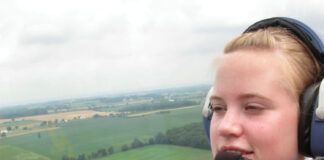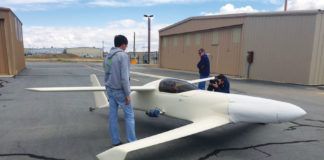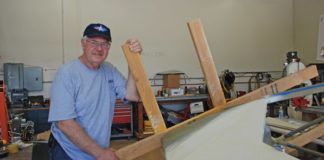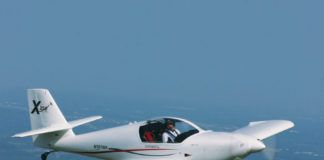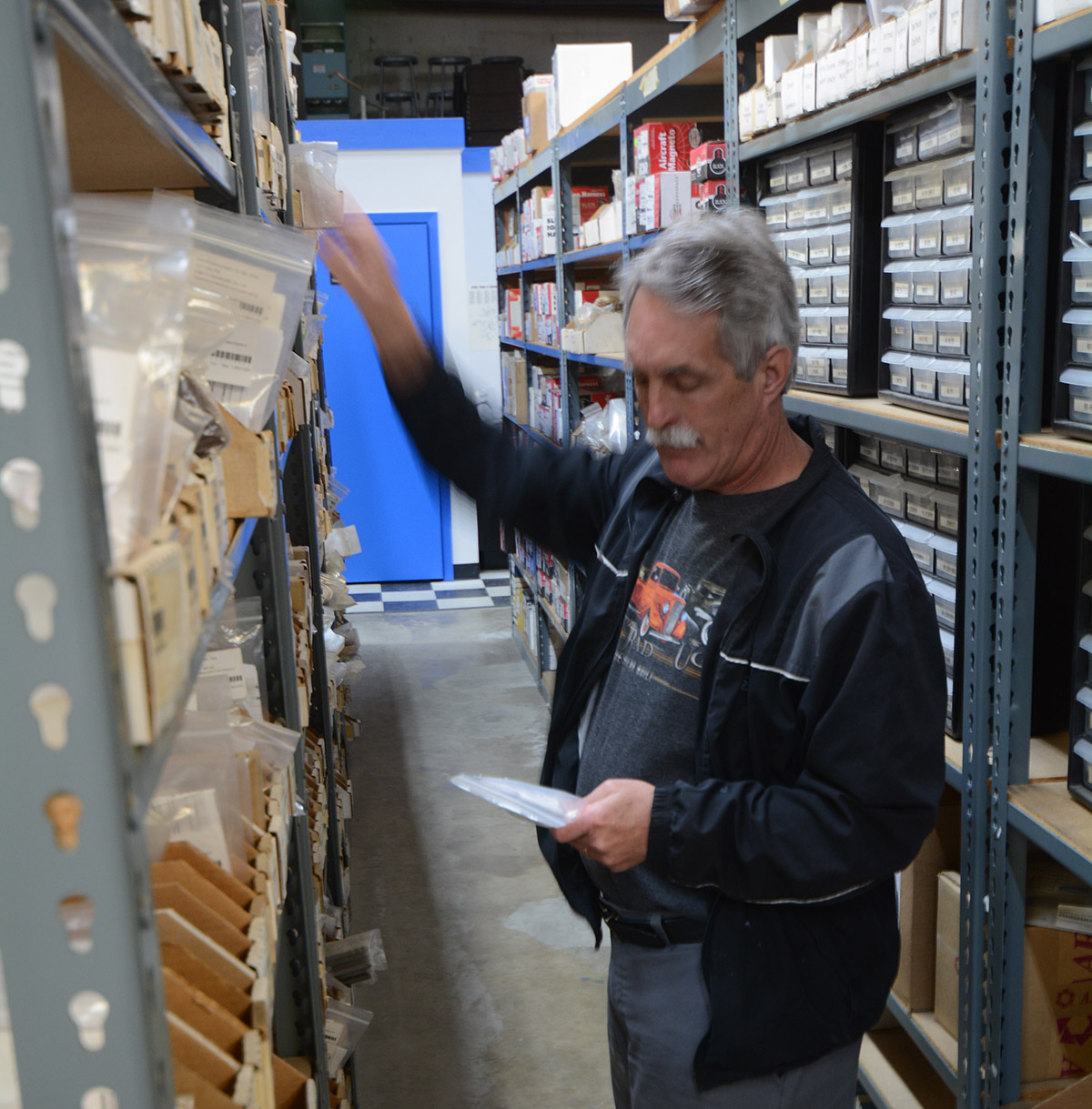
After decades of developing innovative methods of building stock and hot-rodded experimental Lycomings and Continentals, Visalia, California based Ly-Con is adding square footage to its operation. Growing capabilities in engine dyno testing, cryogenic treatment and a burgeoning parts department are the main drivers of the expansion.
Ly-Con owner Ken Tunnell gave us the nickel tour of the still in-progress expansion, which centers around the purchase of two existing buildings adjacent to Ly-Con’s long-established compound. This has added approximately 7,000 square feet of shop space and brought the total Ly-Con footprint to 3.2 acres and approximately 26,000 square feet under roof.
Besides the extra elbow room, the new layout is more efficient as the cryogenic treatment facility has been brought in-house from its previous location across the street, plus the wholly-owned Kendra Air Parts division is more logically arranged and benefits from a streamlined shipping center. Tunnell notes that while Ly-Con remains dedicated to engine building and has no intention of competing with major parts suppliers, Ly-Con’s ability to rebuild a wide variety of engines means they stock a broader than average range of parts and accessories. Thus, Ly-Con can often respond more quickly to timely (AOG) parts searches, especially for older or less popular engine applications, and the upgraded parts department is better able to handle such demand.
Most exciting to performance-minded experimental enthusiasts is the addition of more engine dynamometers. The existing Ly-Con test cell features two direct torque-sensing dynos and a single vertical run-in stand for helicopter engines. The direct-sensing dynos use standard aircraft propellers to absorb the engine’s output–convenient but noisy, and does not allow personnel to access the engines when running or testing transient engine response. The three new dynos–one each 200 hp, 1,000 hp and 2,000 hp Stutska water brakes–hook the engines to water absorption units so there’s no swinging propeller plus engine load can be computer controlled so transient response–engine acceleration–is easily measured. This is especially important with electronic ignition and fuel systems.
The extra dynamometer capability will also allow such long-term electronic ignition and fuel injection development testing without tying up the short-term testing and break-in of production engines.










